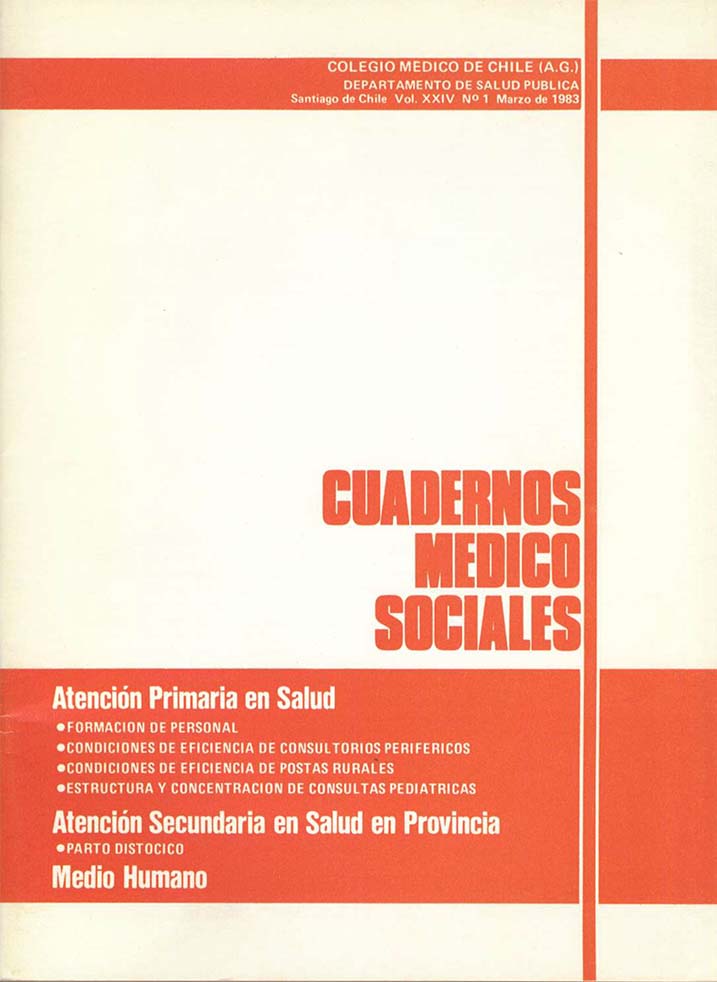Estructura y Concentración de Consultas Pediátricas en un Consultorio externo
Keywords:
Atención Primaria de Salud, Servicios de Salud RuralAbstract
In a peripheral Consulting Clinic the medical assitances delivered to 1.086 children from 0 to 14 years, during 12 months of their life are analyzed to the purpose of knowing the mean fre-quency by considering the age and diagnosis. The concentration or mean of medical attentions, received by child was of 3.3 and the median was 2.0. This varies with the age, decreasing while that increase. the first 12 months of life the mean is of 4.7 and the median of 4.0; at 1 year the mean is of 3.7 and the median of 3.0; between 2 and 5 years, 2.8 and 2.0, respectively; and between 6 and 14 years, of 2.1 and 1.0. The specific concentration of each diagnosis by group of age varies between a maximum of 2.0 for cardiopathies and of 1.0 for digestive diseases and of the genital apparatus. The most frequent concentration varies between 1.0 and 1.4. Diagnosis having a concentration over 1.4 do not include but respiratory causes, health controls, malnutrition, adenitis and cardiopathies. Consultations called "new ones" constitute the 70.8% of the total. This figure decreases to 66% for children under two years of age and increases to 75% between those from 2 to 5 years, and to 79% for those aged of 6 years and more. With respect to structure of motives for consultation, 72% correspond to "Respiratory diseases" "diarrhea and other digestive diseases" and to "health controls. From the standpoint of the age of child, emphasis is made on the high importance of health controls during the 12 first months of life. For infants of 1 year, the importance of respiratory disease and of malnutrition increases, while Health controls decrease. Between 2 and 5 years, parasitical diseases, contagious illness and malnutrition increase, while diarrhea decrease. Finally, among scholar pupils diarrheas and respiratory disease decrease, maintaining their relative importance; but on the other hand, neurosis, dermatitis and "other infections" increase.
Downloads
Downloads
Published
How to Cite
Issue
Section
License

This work is licensed under a Creative Commons Attribution-NonCommercial-ShareAlike 4.0 International License.


